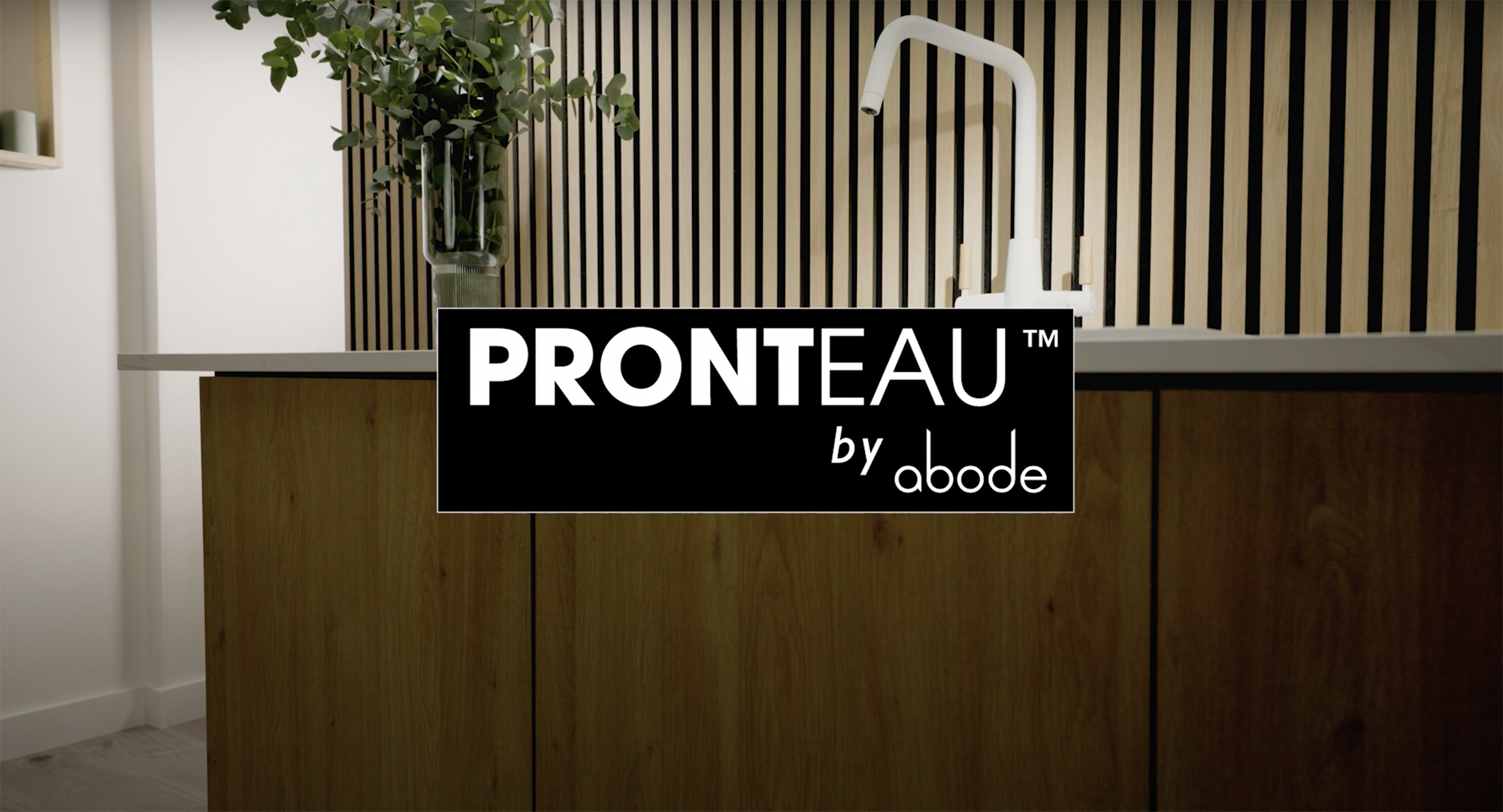Founder and director of JKMR Jayne Barber asks has the number of viable kitchen retail showrooms reached capacity?

Historically the number of kitchen retailers has expanded during periods of market up-turn.
In turn, it results in the number of UK households per retail outlet decreasing, since the retail base’s rate of expansion has been outstripping household number growth.
Sponsored Video
Once the ratio of households to retail outlets reached a critical level – from the 1980s up to early 2000s, this was around 3,900 households to every store – then the market was at over-capacity.
At this point the market was saturated and aggressive price competition set in, with a knock-on effect on margins for retailers and suppliers, which – if economic conditions then worsened – tended to trigger a period of difficult trading and market exits.
Critical store level
The ‘critical’ level occurred again in the early-mid-2000s and had all multiples carried on their ambitious store expansion programmes of the time, then the number of households per outlet would have potentially fallen to untenably low levels.
However, a slow-down in store openings by most major players, along with now rapidly rising household numbers, put market capacity back at manageable, although not ideal, levels by 2008.
Healthy store numbers
With the collapse of MFI and Moben the ratio then rose quickly, insulating the remaining retail base from a recession that was decimating potential purchaser numbers.
By 2011 the households per store ratio had grown to over 4,400 which, in the past, would qualify as extremely healthy.
The next few years saw a buoyant market, leading to expansion in the independent retailer base and store opening programs by Howden and Wren.
However, store closures by B&Q and Homebase, plus still rapidly growing household numbers, enabled the ratio to largely keep above the ‘healthy’ 4,400 figure even as market growth began to slow.
More recently, the number of households per buying point has risen to a new peak of 4,800, and current projections imply it will rise further over the next few years.
A prime factor will be household numbers continuing to increase; but JKMR considers it likely more challenging trading conditions over the next 12-24 months will force a reduction in independent ‘bricks and mortar’ kitchen stores, although Howden, Wren and others intend to maintain store openings.
Impact of etail
As e-retail increases, the relationship between potential customers and physical buying points is becoming more complex, since e-buying cannot be defined as a single ‘buying point’.
In the view of JKMR the “critical”’ level for retail outlet capacity now needs to be set at 4,900 (ie under 4,900 households per buying point will signify a more competitive market), as ever greater numbers of potential clients eschew ‘store based’ buying altogether,
Plus an increasing proportion of households will not be in the market for a kitchen at all, since they will be in rental not owner-occupation properties.
On this basis, should the opening programs announced by various multiples for the next few years be realised, then the outlook is “fait” but not outstanding and the retail base may well find itself once more reaching saturation.



